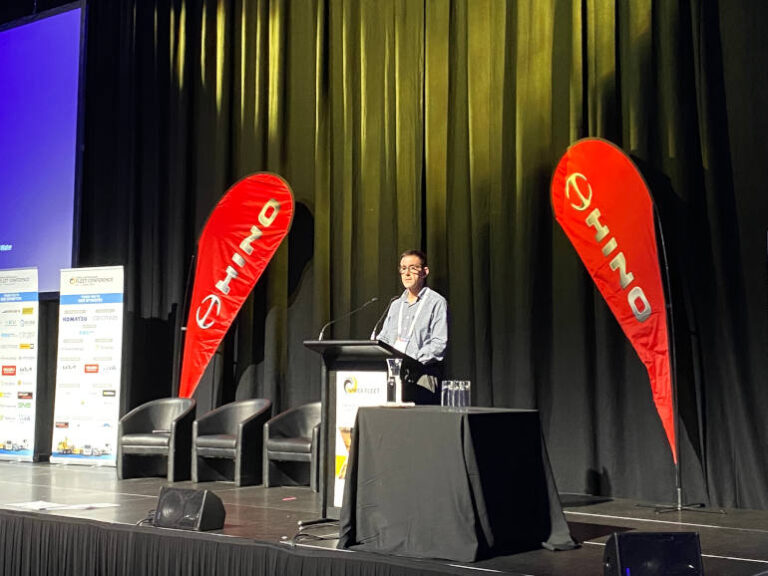Paul Hopwood, team leader supply chain and logistics at Icon Water has spearheaded a turnaround in the fleet management model at the ACT-Government owned water and wastewater utility.
“I’m here to talk a bit about Icon Water and our journey so far to switch from being a passive fleet manager to an active management model and what we have done, working with our executives to gain their approval to invest in some of our aging fleet assets, and to start replacing them,” Hopwood told an audience of fleet practitioners at the eighth annual Fleet Conference of the Institute of Public Works Engineering Australasia.
Icon Water has more than $3.2 billion in assets, including pump houses and sewer works and the vehicle fleet, which comprises some 180 mobile assets.
To set the story up Hopwood talked about the tectonic corporate changes that have occurred in recent decades, noting Icon Water has been providing Canberrans drinking water for more than 100 years.
In 1985, the territory’s electricity and water utilities were joined, to share corporate services. In 2000, gas services were brought into the mix, all under the umbrella ActewAGL. In 2012, a new corporate services agreement between ActewAGL and Icon Water gave responsibility for the operation and maintenance of the water and sewerage networks back to Icon Water, but it didn’t go to plan and was not renewed in 2023.
Meanwhile, ahead of expectations of the CSA being allowed to expire, Hopwood joined the enterprise in 2022.
“I was employed to look after fleet, warehouse and facilities, and all three services were coming back from gas,” said Hopwood. “At the same time we needed to start improvement and to start to fill the holes that were required to build this team.”
And from there it just got more interesting.
“We had some work to do,” said Hopwood, recounting a long list of overdue tasks: a five-yearly pricing review; a renewal of a fleet management organisation contract, that had to be rewritten to account for the move away from the gas utility; a fleet assessment that showed 150 of the 180 assets were at the end of their useful life.
The fleet’s management wasn’t centralised. There were 14 branches of the water authority and each branch had its own fleet, which meant vehicles weren’t easily shared.
“There was no standard consistency and we couldn’t move the assets around to support the business,” said Hopwood, adding, that also made it hard to collect data to help with making decisions to replace vehicles.
Hopwood and his small team developed what they called “the fleet roadmap”.
“We now had a course of action,” said Hopwood, adding, “This was used to design our case to change.” It summed up achievements to date, and included a fleet replacement program, and how those assets would be used and allocated. It also contained plans to deliver 5,10, and 15-year forecasts for the fleet.
The case for change was successfully made, and as Hopwood himself recognises he probably wouldn’t be at a conference speaking about them if it wasn’t working out very well.
Lastly, Hopwood endorsed the concept of the fleet roadmap. “That is what we’re using to guide us and to show us the way forward and also to help us work through rebuilding the in-house fleet management service.”






